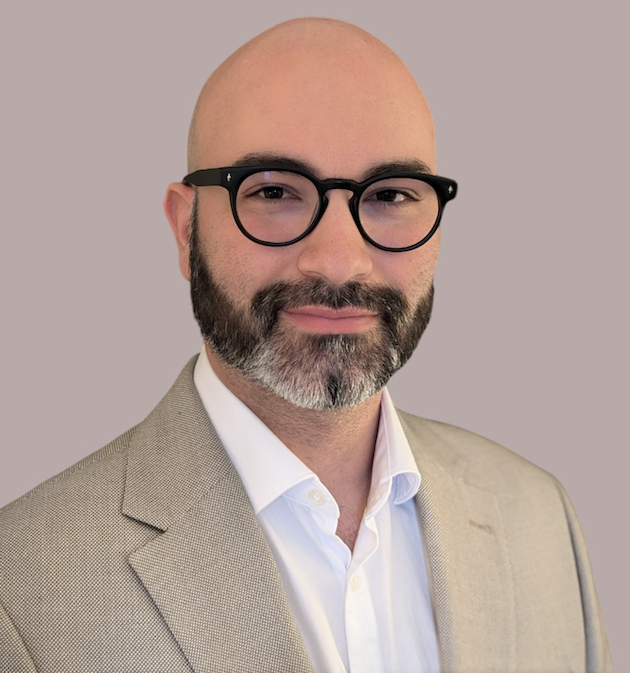
I am a Colombian astronomer from Medellín, Colombia. I obtained my Ph.D. in Astrophysics and Cosmology from the Aix-Marseille Université at Laboratoire d'Astrophysique de Marseille in France. Currently, I am the School and Student Programmes Manager at CERN, working in the Education, Communications and Outreach group. I am notably in charge of the Beamline for Schools (BL4S) competition, an international physics competition that brings high-school students to perform experiments at particle accelerators.
My background is in extragalactic astronomy, focusing on galaxy formation and evolution. I previously worked on molecular shocks, dust attenuation, and star formation in radio galaxies, using data from Spitzer and Herschel, and modelling tools like the Paris-Durham shock code. I also contributed to the analysis of galaxies at cosmic noon using CIGALE for SED fitting across UV to IR wavelengths.
I have been part of the MOONS collaboration, working on simulations and mock spectra to test physical parameter extraction pipelines.
Outside of work, I enjoy walking and photographing nature, biking, hiking, and stargazing with my telescope. I love sharing astronomy with others and explaining the constellations in the night sky.
List of Projects
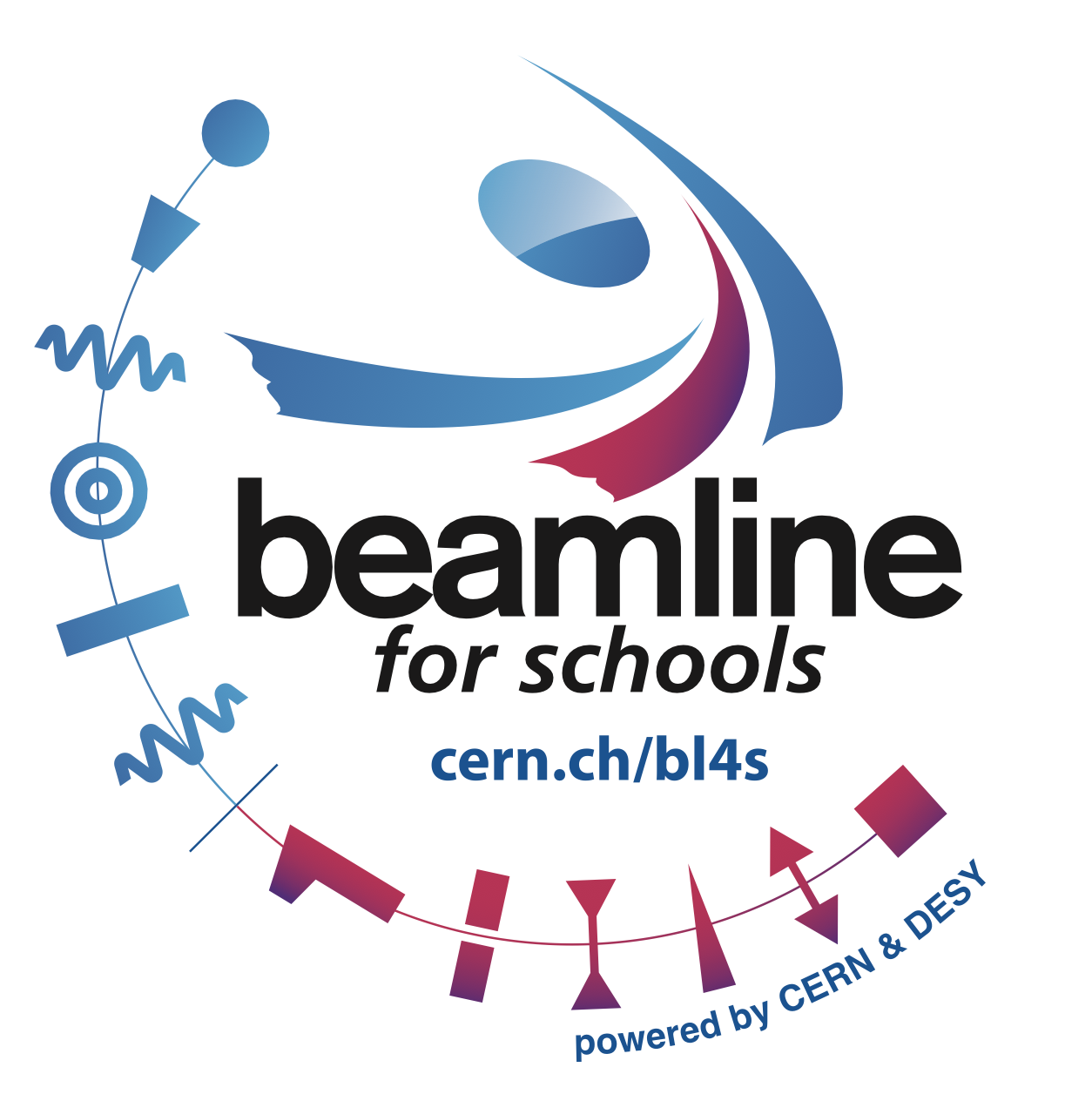
Beamline for Schools (BL4S)
Beamline for Schools is an international physics competition organised by CERN and powered by both CERN and DESY, giving high-school students the opportunity to propose and perform their own experiments using a particle beam.
Since its launch in 2014, BL4S has engaged thousands of students from all over the world in hands-on particle physics and experimental science.
I am currently managing the programme as part of CERN's Education, Communications and Outreach group.
For more information about the competition, past winners, and how to participate, visit the official BL4S website.
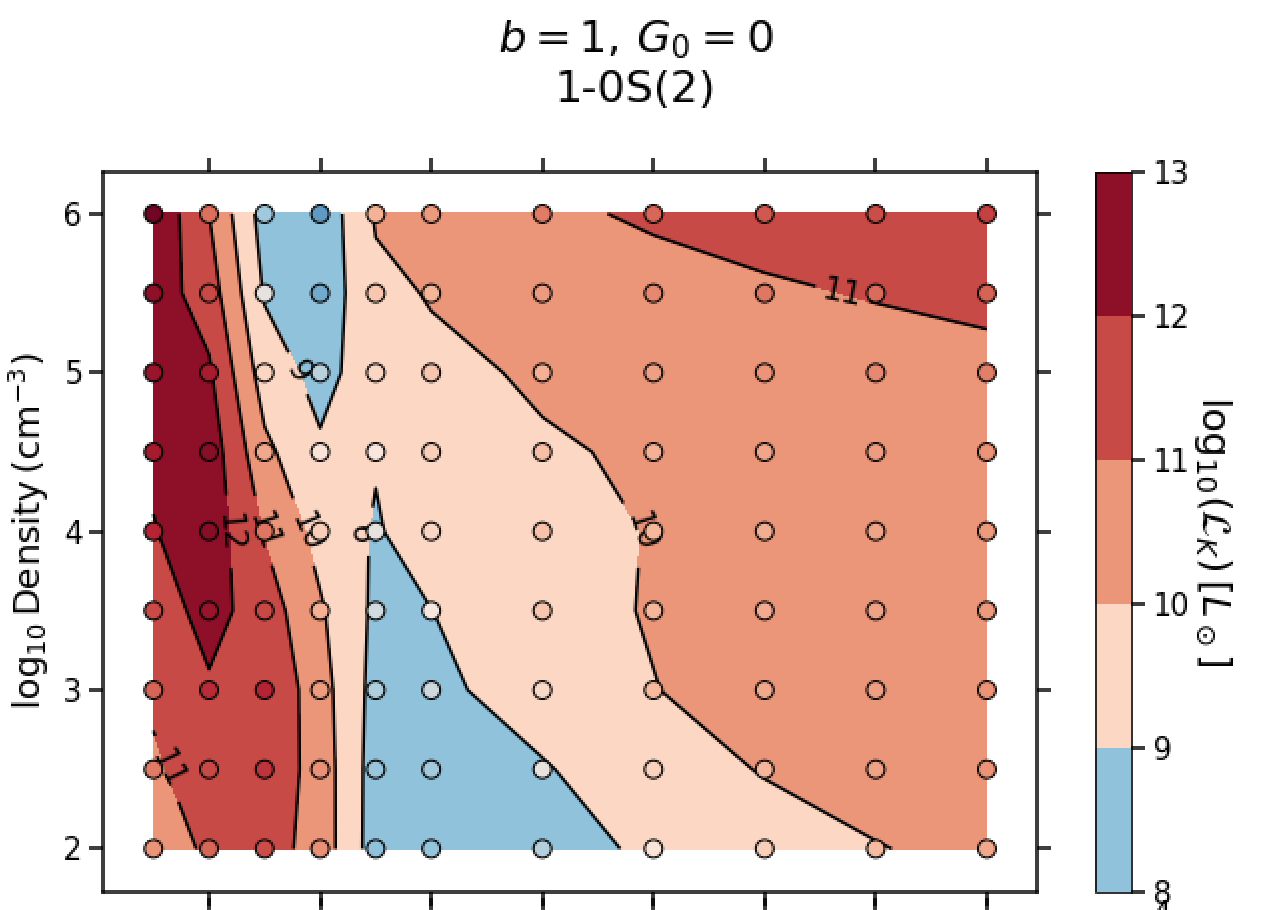
Self-irradiated shocks (H2 emission)
During my postdoctoral research position at LPENS, I am
investigating the energy budget of galaxies using molecular emission. Using a grid of shock models created using
the Paris-Durham shock code
we are able to analyse the molecular emission in galaxies produced by shocks and retrieve the mechanical power that is dissipated from the large to small
scales. In doing so, we use the molecular hydrogen (i.e., H2) eission focousing on pure vibrational and ro-vibrational transitions. The complete analysis of
molecular emission under the self-irradiated shock frameworks sheds light on the mechanisms of energy dissipaction in the galaxies' ISM.
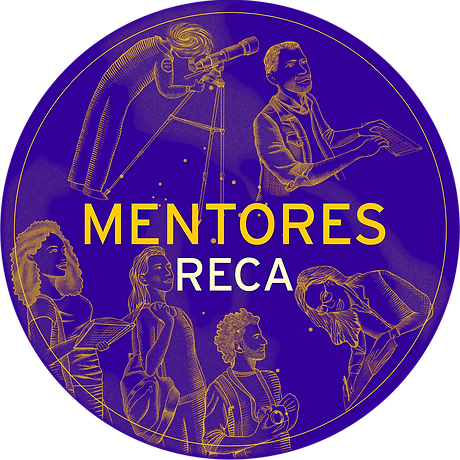
RECA Mentorship
The Network of Colombian Astronomy Students (RECA) is an association that
helps to create and mantain the link between Colombian astronomy students around the world. As part of the network, I am involved in both the
mentorship program (RECA mentorship) that
focouses in guiding students to pursue a professional carrier in Astronomy and the organizing committee 2022-2023.
For more information about the different activities carried out by RECA visit: RECA website.
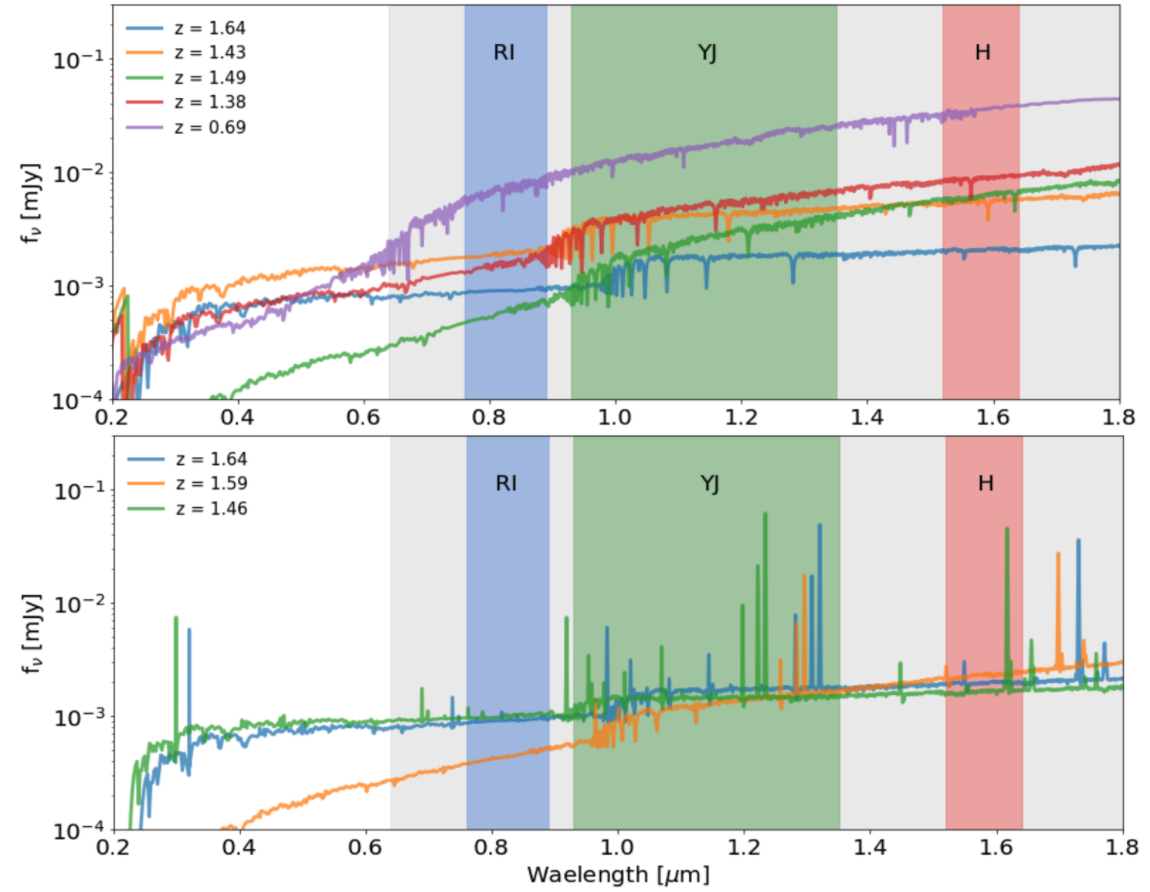
Mock spectra catalog simulations
As part of the MOONS collaboration I am in charge of creating mock spectra samples using CIGALE.
Currently, I am SED fitting galaxies in the COSMOS field using the COSMOS2015 catalog. The fit only includes photometry but I use CIGALE
to model continuum, and continuum+lines. I have been testing this on a small sample of galaxies with FMOS observations to check the accuracy of the
emission line modeling. Extending the results to the whole sample of galaxies in the COSMOS field and other fields is an ongoing process.
The mock catalogs will be available soon to the entire Astronomy community at the CESAM ASPIC website.